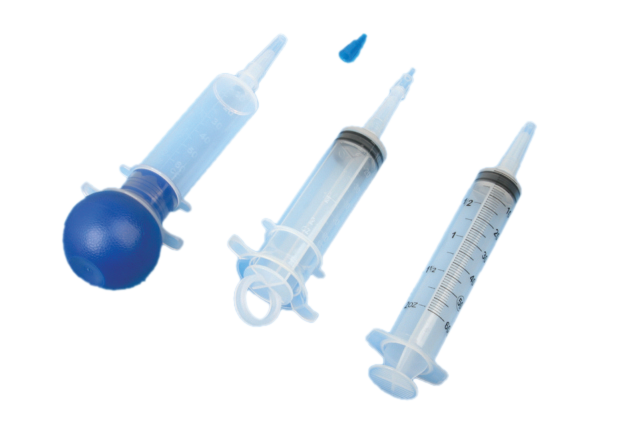
Irrigation Syringes
We all know how important it is to keep our teeth and gums healthy - but what about our sockets? While we often don't think about them, a clean socket can help prevent infection and keep your mouth in top condition. We will explore how something as simple as an irrigation syringe can help us thoroughly clean our sockets - learn more here!
| Ref. No.: | Type: | Qty.Cs: |
|---|---|---|
| NMH000203 | Bulb | 50 PCS / CTN |
| NMH000202 | Ring | 50 PCS / CTN |
| NMH000201 | Flat | 50 PCS / CTN |
If you're anything like me, you're always looking for ways to make cleaning your sockets a little easier. Well, I'm here to tell you that irrigation syringes can be a huge help! Irrigation syringes are designed to deliver a stream of water to clean out dirt and debris from your sockets. They're usually very affordable, and you can find them at most drugstores or online. To use an irrigation syringe, simply fill it with lukewarm water and insert the tip into your socket. Gently squeeze the bulb to release the water, and then tilt your head so that the stream of water flows into your socket. Rinse out your socket several times with fresh water until the water runs clear. I found that using an irrigation syringe really helped me get my sockets clean, and it was much easier than trying to use a cotton swab or other device. If you're looking for an easy way to clean your sockets, I highly recommend giving irrigation syringes a try!
We all know how important it is to keep our sockets clean. But sometimes, no matter how much we scrub, they just don't seem to get clean enough. That's where irrigation syringes come in. Irrigation syringes are designed to flush out dirt and debris from your sockets, leaving them sparkling clean. Here's how to use them:
1. Fill the syringe with warm water. You can also add a little bit of soap if you like.
2. Insert the tip of the syringe into your socket and squeeze the plunger gently.
3. Let the water flow into your socket for a few seconds, then remove the syringe and allow the water to drain out. Repeat if necessary.
4. Dry your socket with a clean cloth or tissue.
That's it! Using an irrigation syringe is a quick and easy way to get your sockets super clean - give it a try next time you're having trouble getting them sparkling!
In order to thoroughly clean our sockets with an irrigation syringe, we will need the following items:
-A soft, clean cloth
-A cup of warm water
-An irrigation syringe (available at most pharmacies)
-Cotton swabs
-A mirror
Once you have gathered all of the necessary supplies, follow these steps:
1. Wet the cloth with warm water and gently wipe around the outside of your socket. This will loosen any dirt or debris that may be clinging to your skin.
2. Fill the syringe with warm water and aim the tip into your socket. Gently squeeze the plunger to release a stream of water into your socket. Be careful not to force too much water into yoursocket at once, as this can cause discomfort.
3. Continue flushing water into your socket until it runs clear. You may need to do this several times before all of the debris is removed from yoursocket.
4. Once the socket is clean, use cotton swabs dipped in warm water to remove any remaining debris from inside the socket.
5. Finally, take a look in the mirror to make sure that yoursocket is clean and free of any foreign objects.
If your socket is full of debris, the first step is to rinse it out with water. You can do this by using a syringe with the tip cut off, or by using a cup or similar container. Fill the syringe or container with water and direct the stream into your socket. Rinse thoroughly until all the debris is gone.
If the syringe does not come with a pre-attached needle, carefully screw the needle onto the syringe. Fill the syringe with salt water by holding it upright and drawing the plunger back. It is important to use clean hands when handling the syringe and needle. Wipe the top of the vial or bottle of salt water with an alcohol swab to sterilize it before attaching the syringe. To fill the syringe, insert the needle into the vial at a 45-degree angle and pull back on the plunger until the desired amount of salt water is drawn into the syringe. Be careful not to touch anything with the needle except for the vial or bottle of salt water.
1. Fill the syringe with water.
2. Aim the syringe tip into one of your nostrils, and gently squeeze the plunger to release a stream of water into your nose.
3. Doing this will help to flush out any irritants or dirt that may be present in your nasal passages.
4. Repeat the process on the other side.
5. Once you have finished irrigating your nostrils, blow your nose gently to remove any residual water.